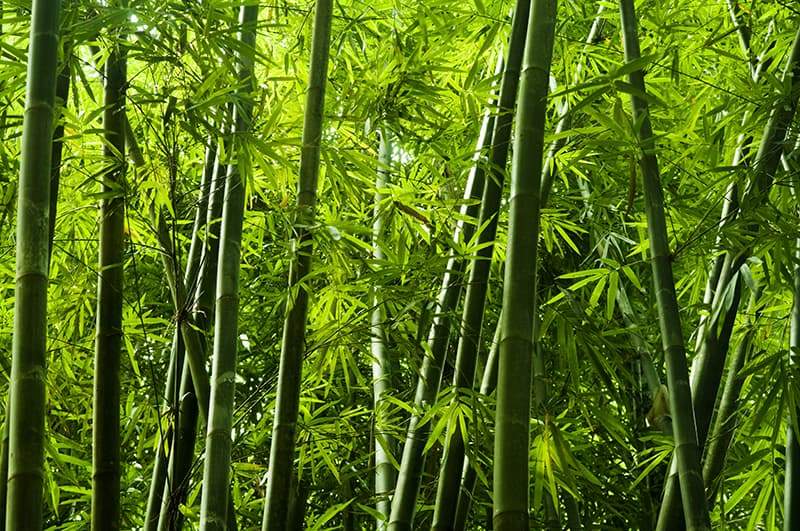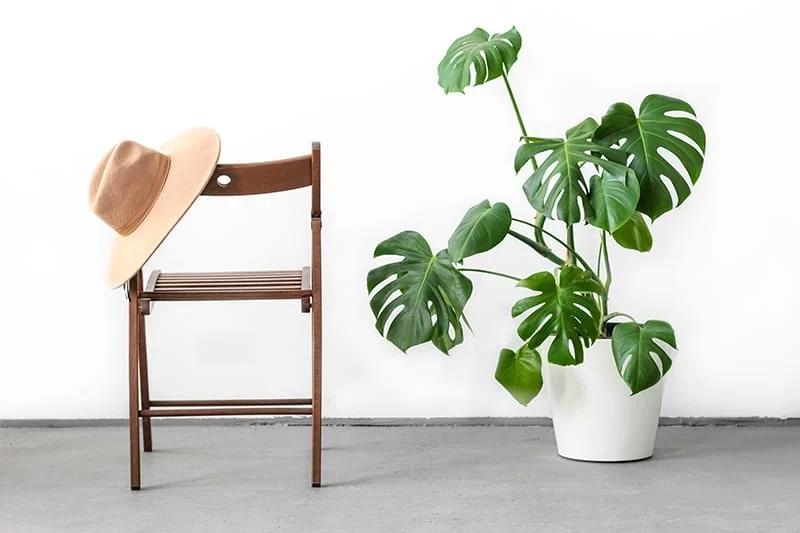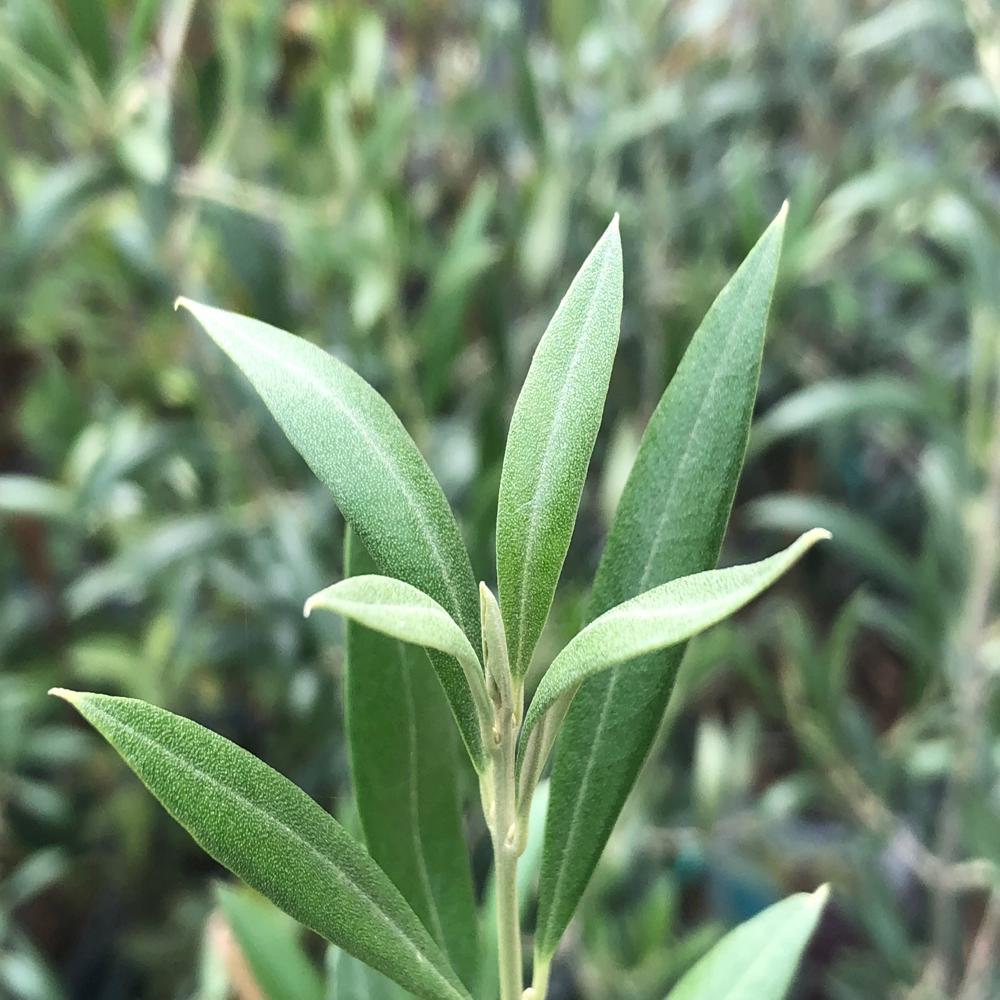- Home >
- Houseplants >
- Terrarium Plants
Terrarium Plants for Sale - Buying & Growing Guide
Do You Know Your Growing Zone? i Growing zones help determine if a particular plant is likely to grow well in a location. It identifies the average annual minimum winter temperatures across the U.S. provided as a map by the USDA.
5 Results
Terrarium Plants – Buying & Growing Guide
A terrarium is a unique environment that allows you to grow plants that would otherwise never grow in your area. Terrariums are often small, so the plants that live within them are often small too. These plants can come in many varieties, each of which holds its own interesting characteristics. To create your own unique terrarium, explore our collection of terrarium plants.
Types of Terrarium Plants
| Type | Growing Zones | Mature Height | Sun | Features |
| Polka dot plant, Hypoestes phyllostachya | 10-12 | 12 to 18 inches | Shade to part shade: 2 to 4 hours | Bold, multi-colored leaves including purple, red, and pink. |
| Button fern, Pellaea rotundifolia | 9-11 | 10 to 12 inches | Shade to part shade: 2 to 4 hours | Small, dark leaves along long, spreading stems. |
| Prayer plant, Maranta leuconeura | 11-12 | 10 to 12 inches | Full sun to part shade: 4 to 6 hours | Oval leaves with a captivating pattern. |
| Baby tears, Soleirolia soleirolii | 9-11 | 3 to 6 inches | Full sun to part shade: 4 to 6 hours | Tiny, light green leaves develop a trailing habit. |
| Spider plant, Chlorophytum comosum | 9-11 | 1 to 2 feet | Full sun: 6 to 8 hours | Thin, two-toned leaves. |
| Nerve plant, Fittonia argyroneura | 10-11 | 3 to 18 inches | Shade to part shade: 2 to 4 hours | Compact habit, leaves have bright, white veins. |
| Pothos, Epipremnum aureum | 10-12 | 15 to 20 feet | Partial Shade: 3 to 4 hours | Long, trailing vine with variegated leaves. |
| Aluminum plant, Pilea cadierei | 9-11 | 6 to 12 inches | Shade to part shade: 2 to 4 hours | Leaves have a shiny quality and bright, white markings. |
What’s the Difference Between a Closed and Open Terrarium?
When planning a terrarium, one of the biggest decisions you will need to make is whether to create an open or closed terrarium. Each option has different consequences regarding the plants you can grow and the maintenance you must do.
Closed terrariums do not allow air from the outside to circulate inside. This creates an environment that is very humid and ideal for plants that love moisture. Closed terrariums often require less maintenance than open terrariums. Closed terrariums also perform better when set in indirect sunlight. The closed nature of this kind of terrarium makes it so that direct sunlight may burn the plants inside.
Open terrariums allow air to pass through. This setting is better for plants that enjoy less moisture in the air. Open terrariums also perform better in locations that have full sun exposure.
The type of terrarium you choose to make is entirely up to you. Just make sure that you understand the differences between these two and what plants can live in each one.
What Do You Need to Put Together a Terrarium?
Making a terrarium is both fun and rewarding. But to do so successfully, you will need the materials for the job. To help you understand what you will need to make your own terrarium, read through the list below:
- A container, open or closed based on your preference
- Stones and/or gravel of varying sizes
- Activated charcoal
- Soil well-suited to the plants you hope to grow
- Plants of your choosing
- Ornamental features like stone or colored glass
Those are the basic materials that you will need. Remember that the plants you select will need to be ones that can thrive in the type of terrarium you chose to make. Along with all of those materials, you will need some tools as well. With little more than a small hand shovel, you will be well on your way to making the terrarium of your dreams.








